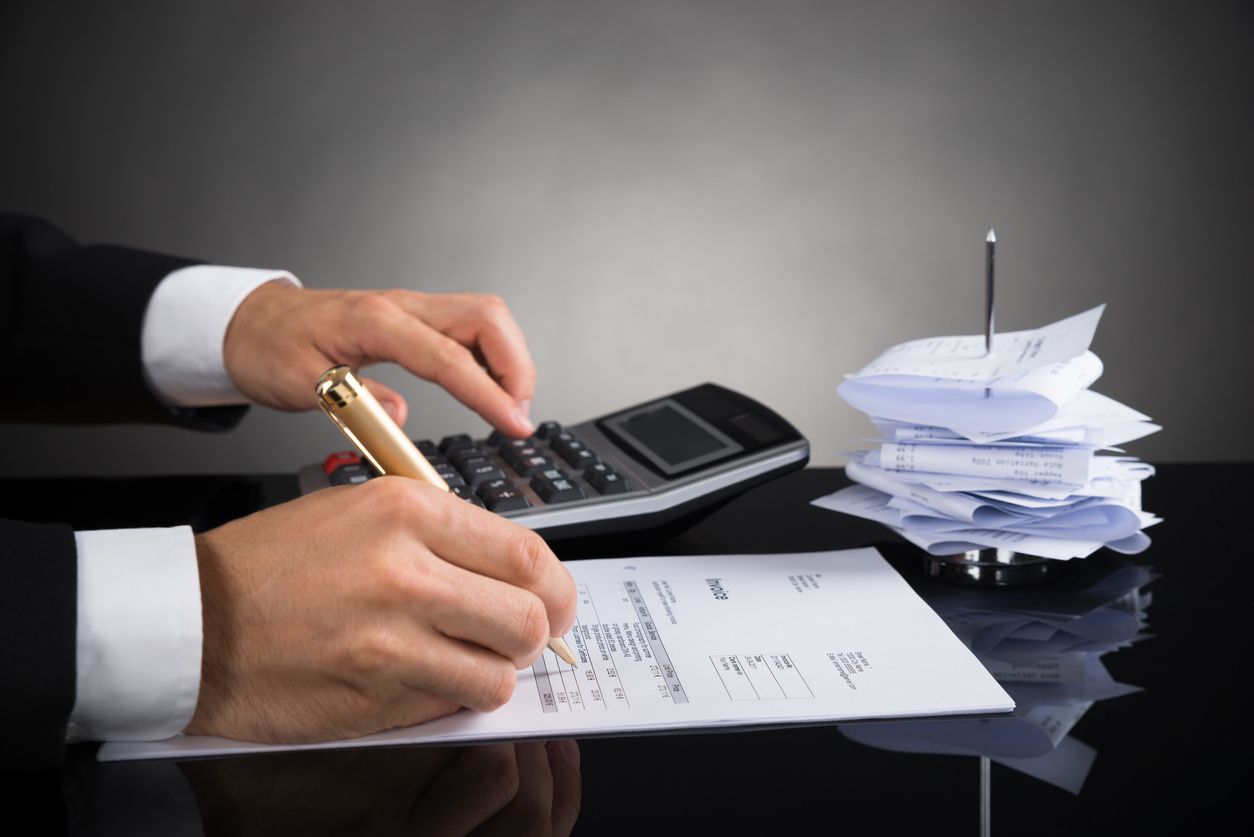Registered Retirement Savings Plan

What Is A Registered Retirement Savings Plan?
An RRSP is a Canadian Registered Retirement Savings Plan. It is not technically an investment because it cannot be bought like a house or stock. Instead, money is put into it where investments can be purchased for tax-deferred growth. This plan is used for those who want to save a little on income taxes. This is also a good idea for those who want to save for their retirement.
What Are The Purpose & Benefits?
As stated, the purpose of this retirement savings plan is to acquire the tax-deferred benefit and save for retirement. Investments within the account that make profits from dividends, interest and capital gains are not taxed as income. However, this isn’t to say that they are tax-free. The profits can still be taxed at a future date when they are withdrawn from the account. Contributing stops at age 69 but must be withdrawn in full or partially at the age of 71.
Reduce Your Taxable Income
One benefit of contributing to a registered retirement savings plan is that you can reduce your taxable income. This is extremely useful for those who want to pay less on taxes or are just on the edge of the higher tax bracket. Typical contribution to an RRSP can range between 1% – 18% of previous years income. An individual makes an annual salary of $42,000.00, they can contribute 18% of their gross earnings to their RRSP. Effectively putting them into a lower tax bracket where they can reap the benefits of having a lower taxable income.
Over-Contribution
A lot of people would be wondering how they can contribute more money to their registered retirement savings plan (RRSP). In short, you are able to contribute more than 18%, this is called an over-contribution allowance. This is capped at $2,000.00 for a lifetime. An individual is then able to contribute an extra $40.00 for the one year then $50.00 the next until the full $2,000.00 is reached.
Although this may sound like good news, over-contributing can be a grave mistake many people make. If an individual contributes over their $2,000.00 allowance, they will be charged 1% tax on the amount over $2,000.00. This happens every single month until their next notice of assessment is received. After they can contribute their normal amount (not including the $2,000.00).
Spousal Contribution
The spousal contribution may seem like a difficult concept to grasp but we will try to make it as simple as possible. Say there are a husband and wife, the wife makes 150,000.00 a year and the husband makes 35,000.00 a year. The wife only has 12% left in her RRSP contribution but her husband has a full 18% left. Instead of the husband contributing a full 18% out of his income to put himself into a lower tax bracket and save a bit of money when paying taxes. His wife can contribute her income to the retirement plan in his name instead.
By contributing to both, she’s effectively put herself into an even lower tax bracket. Since she has a higher income, being in this lower tax bracket effectively saves her more money on her taxable income than if her husband were to just contribute to his own RRSP and save on how much he would have to pay.
Before Contribution: husband pays $5,200.00, wife pays $33,500.00
After Contribution: husband pays: $4500.00, wife pays $32,000.00
Spousal Contribution: husband pays $5,200.00, wife pays $30,600.00
ALL NUMBERS ROUNDED FOR SIMPLICITY
As evident, if the husband contributed to his own he would save only $700.00 when paying his taxes, whereas if the wife contributed to both, the husband would have to pay that extra $700.00 but the wife effectively saves nearly $3,000.00 as appose to her original $1,500.00.
What Is Allowed?
There are many investments that are allowed to be in an RRSP such as stocks, bonds, mutual funds, depository receipts, mortgages, income trusts, certain options, annuity contracts, royalty units and many more.
What Is Not Allowed?
Precious metals, commodity futures, antiques that are listed as personal property, land, precious stones, corporate mortgages and many more.
Withdrawals
You’ve got your money in your retirement plan and you see your portfolio increase which can be an amazing feeling. Now it comes down to the other half of the equation which is withdrawing the funds that you’ve spent years growing. There are certain reasons one can withdraw from their RRSP but if its for anything other than purchasing of a home, education or retirement the cost (referred to as a withholding tax) can pretty quite jarring. Fees are as such:
In all provinces excluding Quebec: $0.00 – $5,000.00 = 10%, $5,001.00 – $10,000.00 = 20%, over $15,000.00 = 30%
Quebec: $0.00 – $5,000.00 = 21%, $5,001.00 – $10,000.00 = 26%, Over $15,000.00 = 31%
One thing to note is that if you withdraw an amount early, you cannot contribute that same amount. Say the amount you’ve contributed in your life has been $15,000.00. However, you have accumulated $30,000.00 in unused contribution room due to not using the full allowable contribution room. If the $15,000.00 was taken out for some reason, then put back on a later date. That $30,000.00 unused room would now become $15,000.00.
The positive side is that if you want to withdraw from your RRSP early for a house, are not faced with so much backlash. Using the home buyer’s plan, individuals are able to withdraw a maximum of $25,000.00 from their RRSP tax-free. However, are given a 15-year time limit in which they can replace those funds. If the home buyer has not replaced the funds by the time the 15 years have come to a close, they will lose that contribution room indefinitely.

Shameed is just a man on a mission to help those around him gain financial success. Obsessed with writing about all things finance, this GTA native is constantly learning and sharing his experiences with others.

